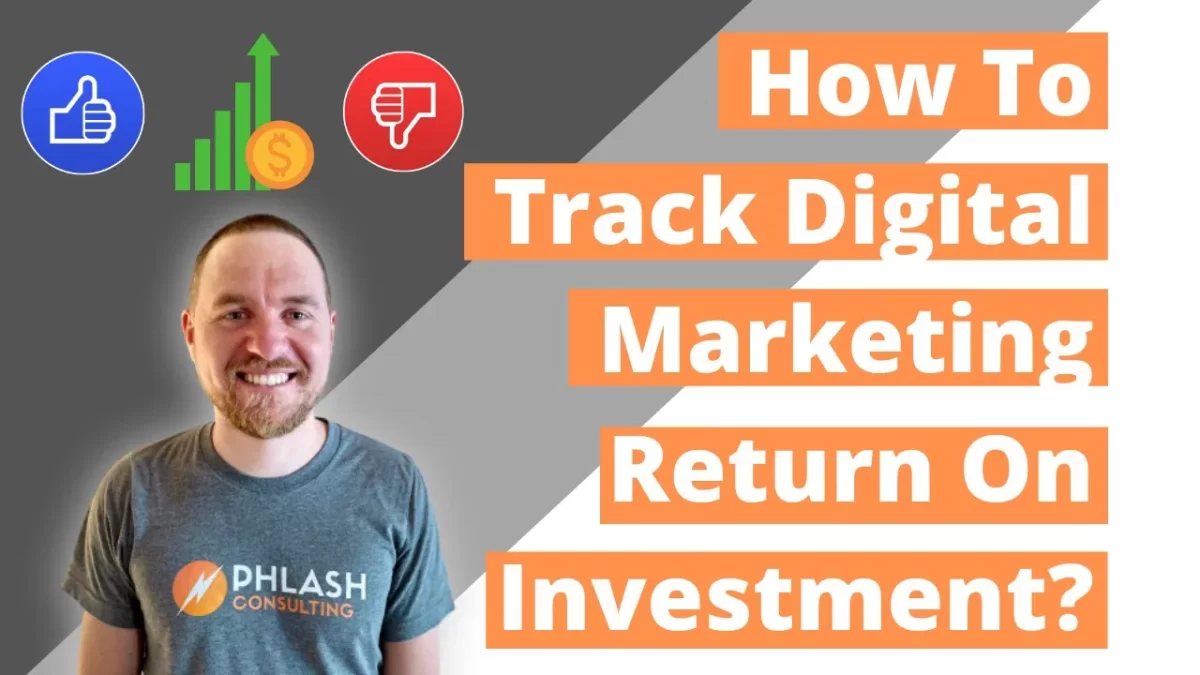How to Track Return on Investment (ROI) from Digital Marketing for Your Local Service Business
How to Track Return on Investment (ROI) from Digital Marketing for Your Local Service Business
If you’re running a local service business, understanding the return on investment (ROI) from your digital marketing efforts is critical. Yet, many digital marketing companies offer cookie-cutter solutions without showing real results. At Phlash Consulting, we aim to be an asset, not a liability, by providing actionable insights and transparent ROI tracking. In fact, we send out a detailed ROI report to our clients twice a month to show the effectiveness of our campaigns. Here’s how we do it.
Step 1: Setting Up Conversion Tracking in Google Analytics
Let’s take a real-world example with one of our clients, Atlantic Duct Cleaning. Their website offers several call-to-action (CTA) options, like requesting an estimate or scheduling a call. To track how effective these CTAs are, we use Google Analytics.
First, we set up a goal in Google Analytics to track when someone clicks on the “Receive an Estimate” button and submits the form. Each time this happens, a goal completion is recorded. So far, this month, we’ve seen:
- 219 goals completed (Estimate requests).
- 112 mobile calls.
Most calls are for estimate requests, so we can calculate that roughly 70% of these are leads. With this data, we can confidently report the number of leads generated and then calculate ROI.
Step 2: Calculating ROI Based on Leads and Closing Rates
Once we know how many leads have been generated, we need to work with the client to determine their closing rate. For example, if Atlantic Duct Cleaning closes 15% of the 219 leads generated, that’s 32 closed sales.
Next, we look at the average transaction value. Let’s assume it’s $500. With 32 closed sales, they’ve made approximately $16,000 from these leads. Comparing this revenue to their digital marketing spend allows us to calculate the exact ROI, ensuring the campaigns are paying off.
Step 3: Tracking Performance Over Time
We monitor this data over different timeframes—month-over-month, year-over-year, or quarter-over-quarter—to see how digital marketing is performing and improving. For example, if their goal conversion rate is 10% (i.e., 10% of website visitors convert into leads), we track this conversion rate closely to ensure it’s meeting or exceeding expectations.
Currently, Atlantic Duct Cleaning is converting at close to 10%, which is excellent, but we’re not factoring in other interactions like chat inquiries in this scenario.
Step 4: Tracking New vs. Returning Customers
Another important metric is new vs. returning customers. Google Analytics helps us identify how many visitors are coming back to the website. For Atlantic Duct Cleaning, they had:
- 3,000 new visitors.
- 477 returning visitors.
This breakdown helps us understand if we are attracting new customers or simply retaining existing ones, which can impact future marketing strategies.
Step 5: CRM Integration for Deeper Insights
While Google Analytics provides a good overview, we take things a step further by integrating with the client’s Customer Relationship Management (CRM) system. Whether it’s ServiceMonster, Jobber, or HouseCall Pro, we track how leads generated from different sources (Google, Facebook, Yelp) convert into paying customers. By mapping marketing data with actual sales from the CRM, we can give an even clearer picture of the ROI from each channel.
Turning Digital Marketing into a Growth Engine for Your Business
Tracking ROI from your digital marketing is key to ensuring your efforts are paying off. By setting clear goals and using tools like Google Analytics, you can see exactly how your marketing drives leads and sales. This transparency helps you make informed decisions and keep improving over time.
Keep an eye on what’s working, and don’t be afraid to dive deeper into your data—it’s the best way to stay on track and grow your business.
Stay tuned for more tips in our next post!

